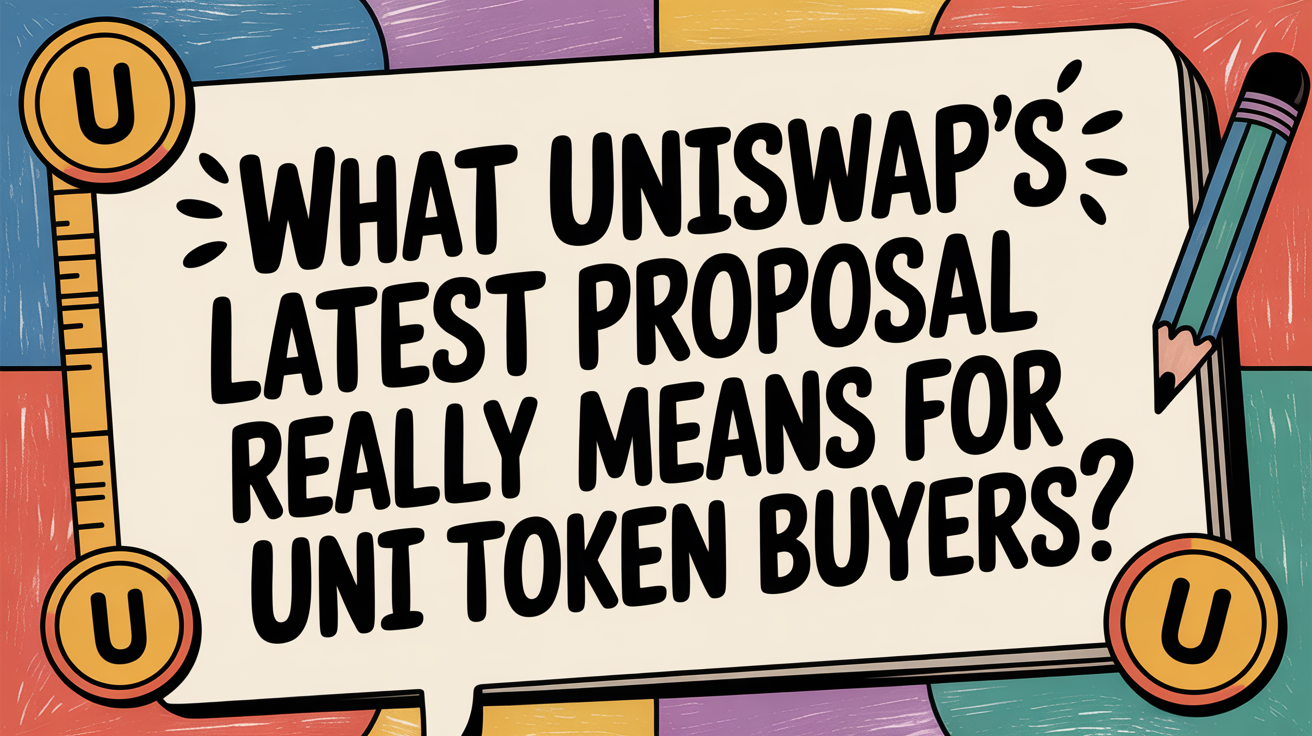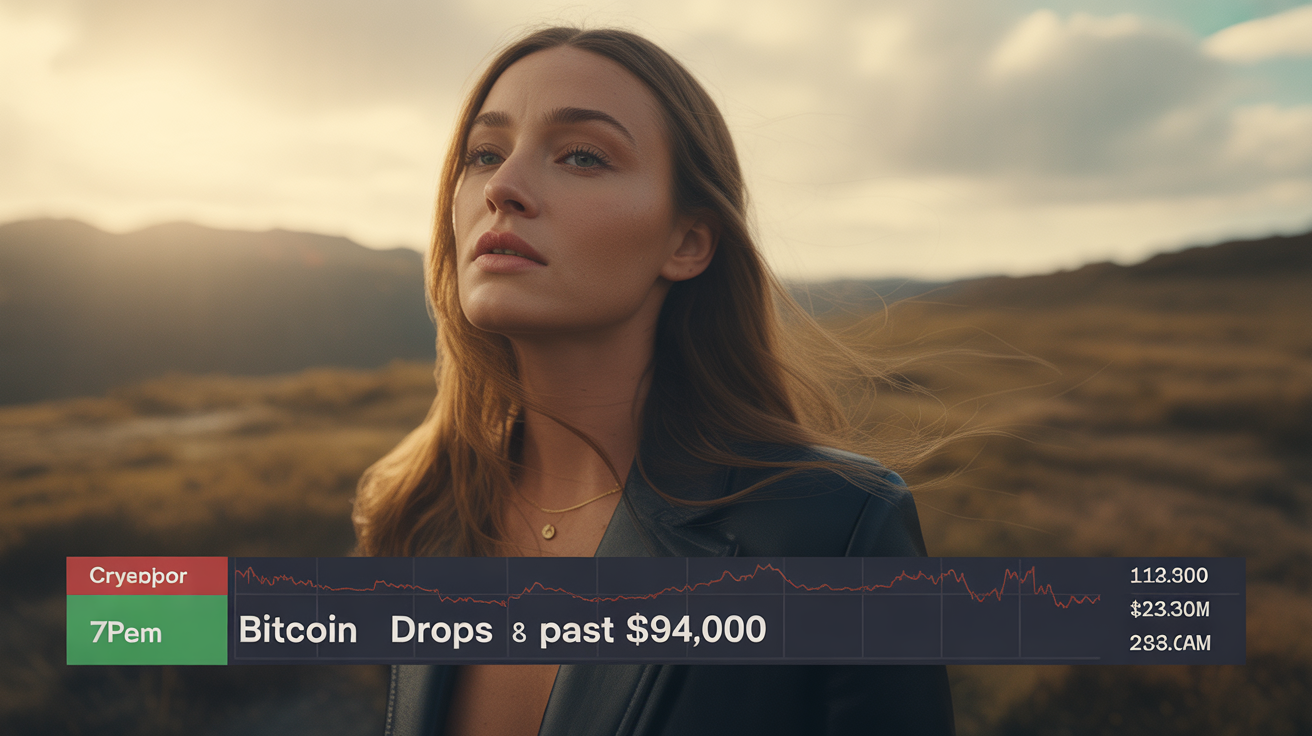
Uniswap’s latest “UNIfication” proposal could transform its untapped trading volume into tangible value for UNI token holders.
The plan, unveiled by Uniswap Labs and the Uniswap Foundation, aims to activate long-delayed protocol fees, burn up to 100 million UNI tokens (roughly $940 million at current prices), and merge the Foundation and Labs into a single operational and economic structure.
Currently, Uniswap boasts $5.05 billion in total value locked (TVL), supporting a $5.9 billion market cap and $9.4 billion fully diluted valuation. The protocol’s price-to-fees ratio sits around 4.7x, making it cheaper than comparable Layer 1 or Layer 2 networks when adjusted for realized on-chain revenue.
As DeFi’s largest exchange, Uniswap processed approximately $148.5 billion in trading volume across 36 chains over the past 30 days. Ethereum led with $15.9 billion, followed by BNB Chain at $4.7 billion and Arbitrum at $3.3 billion. That activity generated about $227.4 million in fees, annualized to $2.77 billion, none of which currently benefits UNI holders.
How UNIfication Could Change the Game
Under the UNIfication framework, about one-sixth of trading fees would flow into a protocol revenue pool, roughly $130 million annually at current volumes. Combined with the proposed 100 million UNI burn, this introduces a 2.5% annual supply reduction—creating a quasi-buyback mechanism that links network activity directly to token scarcity.
The move could offer an implied yield near 3% annually under moderate volume growth, positioning UNI as one of DeFi’s first major “cash flow” governance assets. Implied yield reflects expected returns from trading fees, assuming no impermanent loss and accounting for asset volatility.
A Structural Shift
Beyond yield, the merger of the Foundation into Labs represents a major structural change. Uniswap is moving from a grant-based governance model toward an execution-focused operating entity. While this centralization may unsettle some DAO purists, it also aligns with investor demands for clarity, accountability, and measurable value capture.
The approach mirrors successful mechanisms in other DeFi projects, such as Hyperliquid’s HYPE, whose buyback strategies have driven a 900% token gain in the past year despite a generally flat market.
If approved, UNIfication could usher in a new phase for Uniswap and DeFi at large—where token value is driven less by governance hype and more by real, revenue-backed protocol performance.























